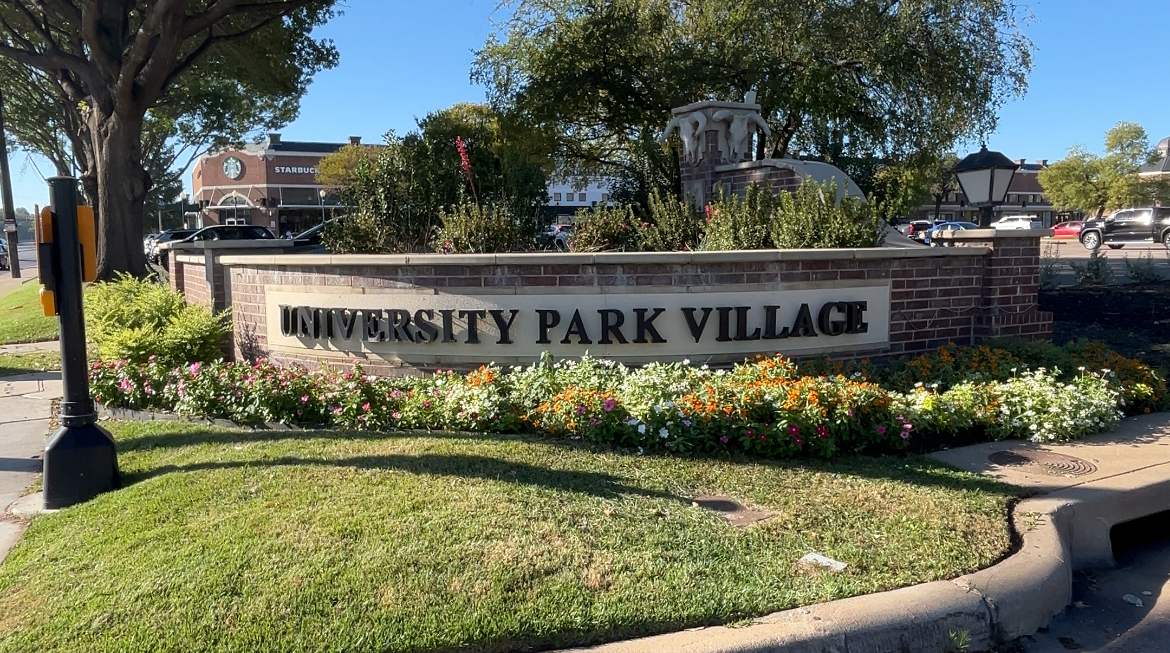The gardeners at this 109 garden are still in grade school. The Outdoor Learning Environment has perfectly executed the philosophy of Alice Carlson Applied Learning Center, to apply real world principles to students’ lives and education.
The OLE Master Gardener Project has been a successful endeavor since the very beginning, integrating the classroom with the outdoors. Alice Carlson Principal Jeannie Robinson said the garden project’s start is one of her favorite stories.
“The land used to be an abandoned tennis court with trees growing up through the clay and litter everywhere,” she said. “Teachers told the children that area was not a safe place to play, which led to a conversation about what could be done with that area.”
It was then decided that the children would have a say in what to do with the land; each student was allowed to vote. The end result was the outdoor learning environment, the garden that is found today, comprised of hundreds of different types of plants.
The garden project was originally made financially possible through grants, specifically from Rainwater Charitable Trust, a local foundation. The garden also received huge parental support. Alice Carlson hosted “Sweat Saturdays” where families could come to the school and help with the garden transformation.
Alice Carlson PTA President Christine Jones said, “The parents and members of the school’s PTA are determined to provide the Alice Carlson students with the very best opportunities they can, particularly this year, in the field of science.”
More Than Just a Garden
This is not just a gardening project. The purpose of the garden is to help students learn about their environment.
“Alice Carlson wanted an outdoor learning environment that reflected all the different habitats in Texas.” Robinson said.
This is why each year the school has many different projects involving the garden. This year’s main projects include the recent completion of a labyrinth in which the students helped engineer and execute. OLE’s other 2010-2011 projects include the installation of a rain garden and a green-roof fossil dig.
Alice Carlson’s classroom curriculum is integrated with the garden. Jones said, “When students are studying about making a difference in the world by reducing, reusing, and recycling, they apply these lessons to what is happening in the OLE.” For example, students create and sell rain barrels to harvest rain waters and composts to create fertile soil.
Master Gardener Sharon Chastain has been involved with the garden since 2003. She explains that the garden is no longer just observational; students have hands-on experience working in the garden and with one another
“It is satisfying to see children learn about a whole new group of plants,” Chastain said. She and the other Master Gardeners choose plants that will also provide habitats and food for wildlife, which adds another dimension to the garden.
This “Granddaddy of all applied learning projects” as described by Robinson, has been a major benefit to Alice Carlson. Robinson continued to describe the importance of place-based education.
“Students must be aware of their environment and this will help them to adjust to future environments,” Robinson said.
The students at Alice Carlson are taught to apply their learning to the real world through many projects, specifically the OLE gardening project. Chastain describes the garden as giving students “lifetime skills, they learn how to grow food and as urban children, I think that is a great gift.”



